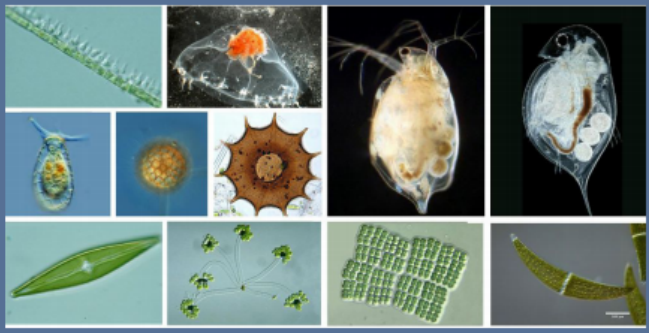The aquatic biodiversity monitoring system consists of OSEN-FY1000 plankton identification counting system, which monitors the species and quantity of algae and plankton in water, and helps to reduce the heavy identification workload.
The EN-FY1000 built-in plankton database automates the instrument to help reduce the previous heavy identification workload.
It is mainly used in ecological investigation, fishery, aquaculture, education and other industries. Automatic classification and counting, size measurement, species classification and biomass measurement of algae and zooplankton samples in water bodies.

major function
A rich plankton gallery
There are 168,179 valid algae galleries, and the species and contents of each gallery can be expanded by themselves
There are 73,928 effective maps of zooplankton, and the species and content of each map library can be expanded by itself
Custom database
Users can add algae / zooplankton images to the user-defined database and create a local database.
Automatic alignment of deep learning techniques
The cutting-edge technology of deep learning (biological image AlphaGo) is used to solve the fuzzy recognition problem of biological images in complex environments. For the first time, the similarity intelligent search function without any conditions, helping the experimenters quickly search for possible species based on the images observed under the microscope.
The phytoplankton database
Algae expert database: database contains freshwater algae and Marine algae, covering the domestic eastern plain lake, new plateau lake, Yunnan-gui plateau lake, Qinghai-tibet plateau lake, northeast plain and mountain lakes and, China?s seven water system and the east China sea, yellow sea, bohai sea, south China sea, Chinese, Latin bilingual algal expert gallery (11,1569 genera, 13085 species), existing algae, effective gallery more than 168179 copies, each gallery species and content can be expanded.
Zooplankton database: zooplankton expert database in Chinese and Latin (10 categories, 1239 genera, 4851 species), the effective database of zooplankton is more than 739.28 million, and the species and content of each database can be expanded by itself.


